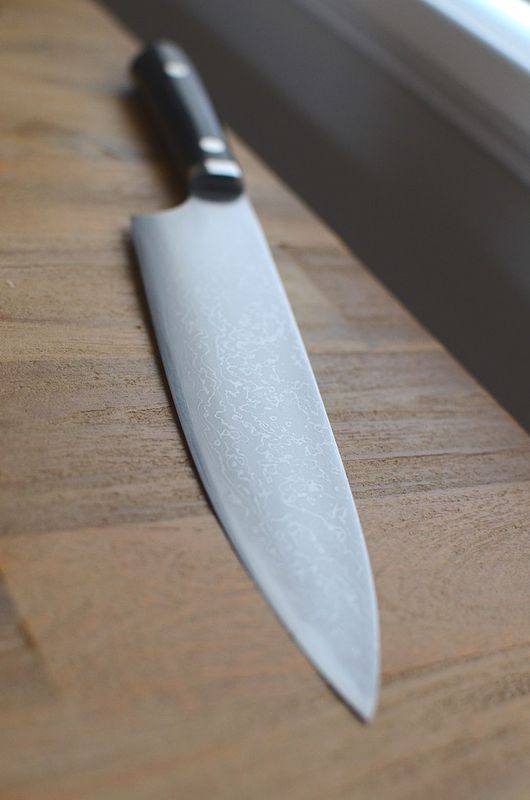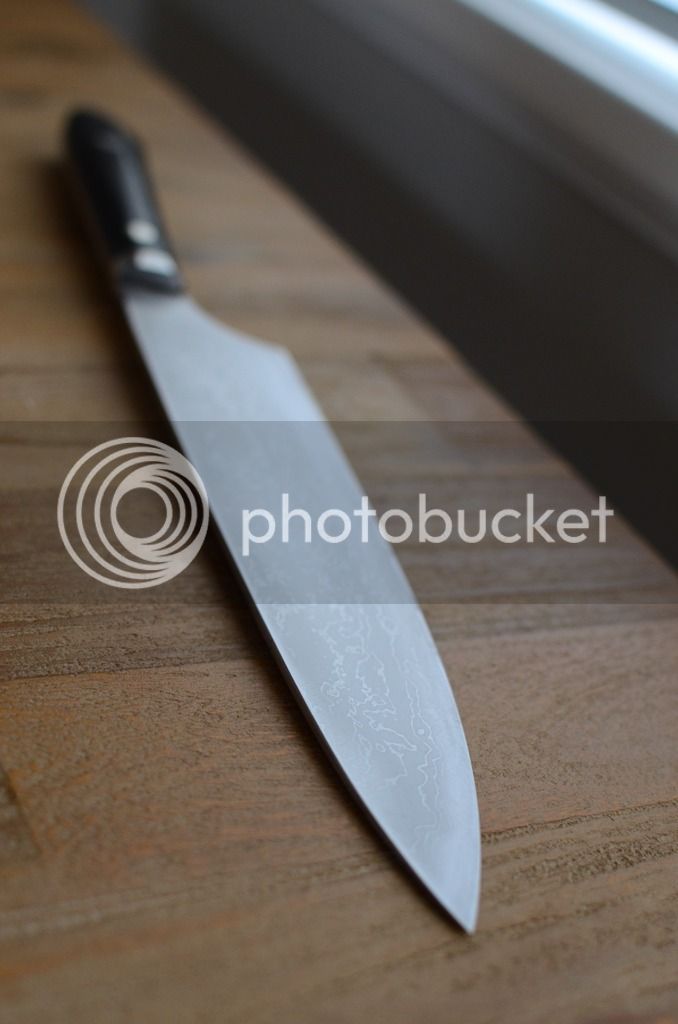Like a lot of you are saying Shigesufas are beautiful knives but on the performance side they need a bit of a help. I have one gyuto that is really nice but is significantly falls behind in cutting performance to my Watanabe and Kato.
It is finally time to thin in.
This is not an issue in itself but obviously after thinning it I will have to deal with restoring the kitaeji. Since I do not have all different fingerstones required for this I would like to take some alternative route.
I think I remember one post where somebody was explaining that the best/easiest way is to use sanding paper and after last progression use fingerstones that give pretty good result. But I am not quite sure if I remember this correctly.
Based on the fact that I have some Uchigomori fingestones I am hoping that this would work.
What do you say? Or perhaps you have some other suggestions?
It is finally time to thin in.
This is not an issue in itself but obviously after thinning it I will have to deal with restoring the kitaeji. Since I do not have all different fingerstones required for this I would like to take some alternative route.
I think I remember one post where somebody was explaining that the best/easiest way is to use sanding paper and after last progression use fingerstones that give pretty good result. But I am not quite sure if I remember this correctly.
Based on the fact that I have some Uchigomori fingestones I am hoping that this would work.
What do you say? Or perhaps you have some other suggestions?






